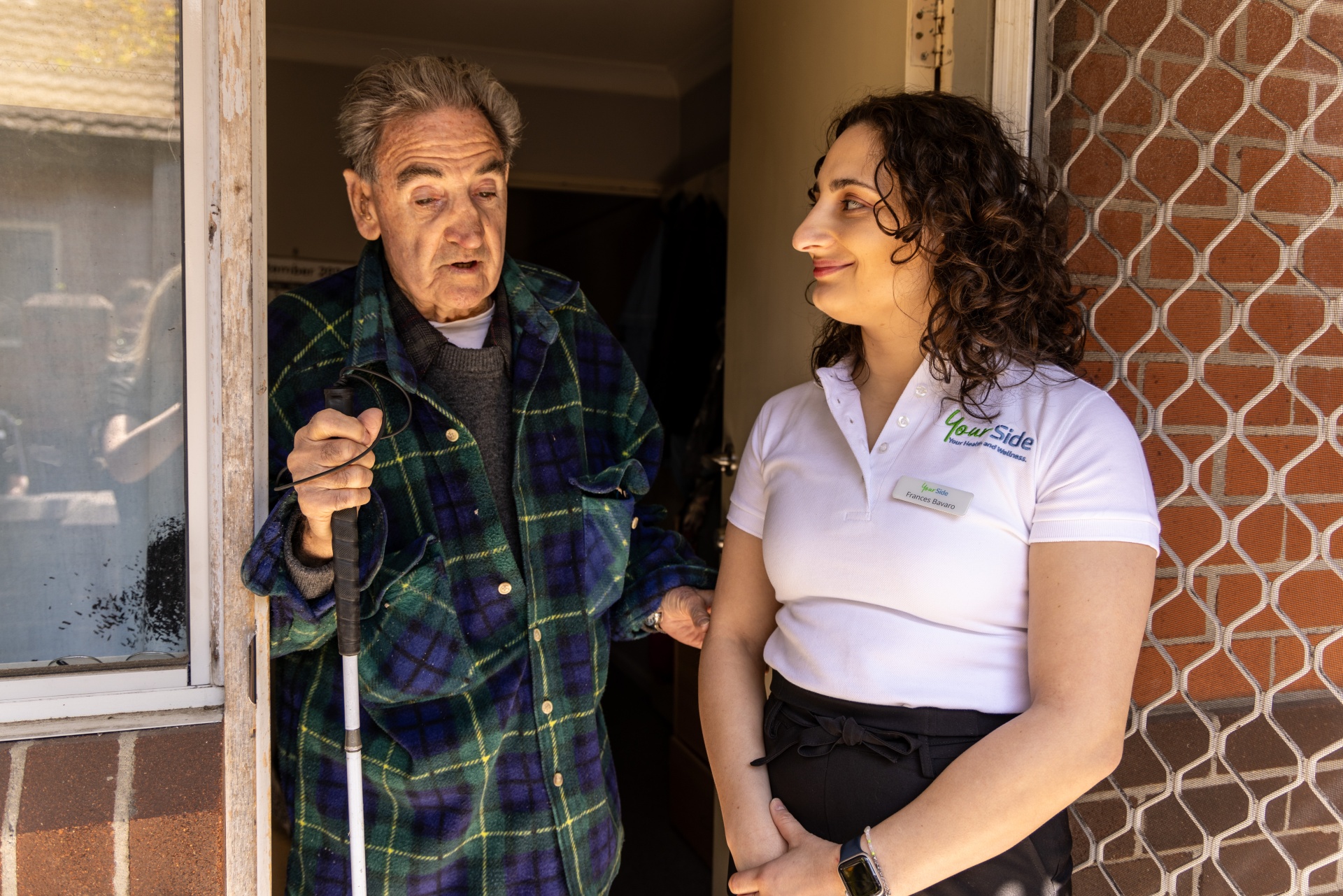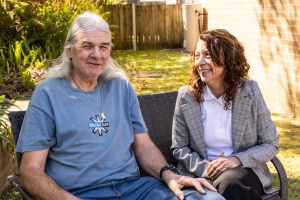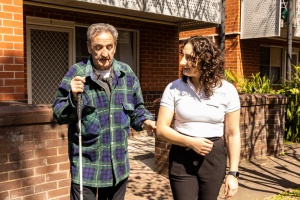Aged Care Bill Passed with Bipartisan Support – What this means for the Support at Home Program

The Aged Care Bill passes Parliament – what happens now?
On Monday, 25 November 2024, the Australian Government’s Aged Care Bill 2024 passed Parliament, paving the way for the new Support at Home program. The new Aged Care Act will replace the Aged Care Act 1997 and the Aged Care Quality and Safety Commission Act 2018 and will take effect from 1 July 2025.
Your Side congratulates the government, parliament, sector leaders, the older people and participants who contributed their voices, lobbyists and community representatives for working together to bring about a rights-based aged care act.
This is a turning point in aged care which will see the most significant changes made to the system in 30 years. For the first time, older Australians will have enforceable rights in aged care.
Support at Home will deliver more tailored support, with eight levels of ongoing care instead of four. There will be separate funding for home modifications and assistive technology like walkers and wheelchairs, so they can be accessed more quickly.
The $4.3 billion dollar Support at Home system will improve home care wait times and add 300,000 more places over the next 10 years, with around 1.4 million participants in care in 2035.
It will increase the maximum level of support available from the $61,000 under the Home Care Packages system to $78,000 available through Support at Home.
Here is a summary of some of the key points
What happens to my Home Care Package or my application?
Anyone with a Home Care Package on 30 June 2025 will maintain the same level of funding and retain any unspent funds under Support at Home. Individuals on the National Priority System or who have been approved for a package as of 30 June 2025 will receive a Support at Home budget equivalent to their approved package level when one becomes available.
From 1 July 2025:
There will be eight funding classifications that replace the four Home Care Package levels
There are an additional two short term classifications for restorative care and end-of-life care.
Participants will receive a quarterly budget that aligns to their funding classification.
Participants will work with one aged care provider to choose how to spend their budget across the services they have been approved to receive.
Care management charge is set at 10% of your quarterly budget, regardless of the provider you choose.
There will be a defined service list that includes service types within the following three categories:
- Clinical care (such as nursing and physiotherapy)
- Support for independence (such as personal care, respite, transport and social support)
- Help with everyday living (such as cleaning, meals delivery and gardening). There will be no caps to cleaning and gardening.
The service list will have set maximum charges for services, which will be determined with advice from the Independent Health and Aged Care Pricing Authority (IHACPA).
Participant Contributions
Under Support at Home, participants will contribute towards the cost of some assessed services, while other services will be free of charge. Contribution rates will be set as a percentage of the price of each service. The percentage differs for full pensioners, and part pensioners and is higher for self-funded retirees.
There are three types of care that attract different contribution levels:
- No contribution for clinical care – e.g. nursing and physiotherapy
- Lower contribution for personal care – e.g. grooming, toileting, showering
- Higher contribution for everyday living services – e.g. gardening and domestic assistance.
The means tested percentage contribution will be based on the Age Pension means test which considers your income and assets. Part pensioners do not have to do a separate aged care means test as Services Australia already hold the relevant information. Commonwealth Seniors Health Card holders will have to advise Services Australia of their income and assets and update Services Australia when their circumstances change.
- There will be no changes to means testing of the family home.
- No-one will pay more than $130,000 in non-clinical care costs over their lifetime.
A no worse off principle will apply to the contributions arrangements for people who, on 12 September 2024, were either receiving a package, on the National Priority System, or assessed as eligible for a package.
What is next?
The Department of Health and Aged Care are drafting the new Aged Care Rules and are consulting with providers and community.
At present they are seeking feedback on the Stage 2a release which contains the draft Rules for Chapter 4 of the Aged Care Bill 2024. The release focuses on funding related to the new Support at Home program, it covers funding for aged care services under the program, including subsidies, individual contributions and means testing for older people. You can read that release here:
You can submit your feedback via the online form. Submissions will close at 5pm, 6 December 2024.



As more detailed information comes to light we will share it with our clients, partners and community and we are available to answer any questions our clients have as we learn more.
Your Side has long been preparing for these changes, including participating in consultations on the Draft Aged Care legislation. We welcome a person-centred, rights based aged care act for all older people because we believe that every life should be good one.
